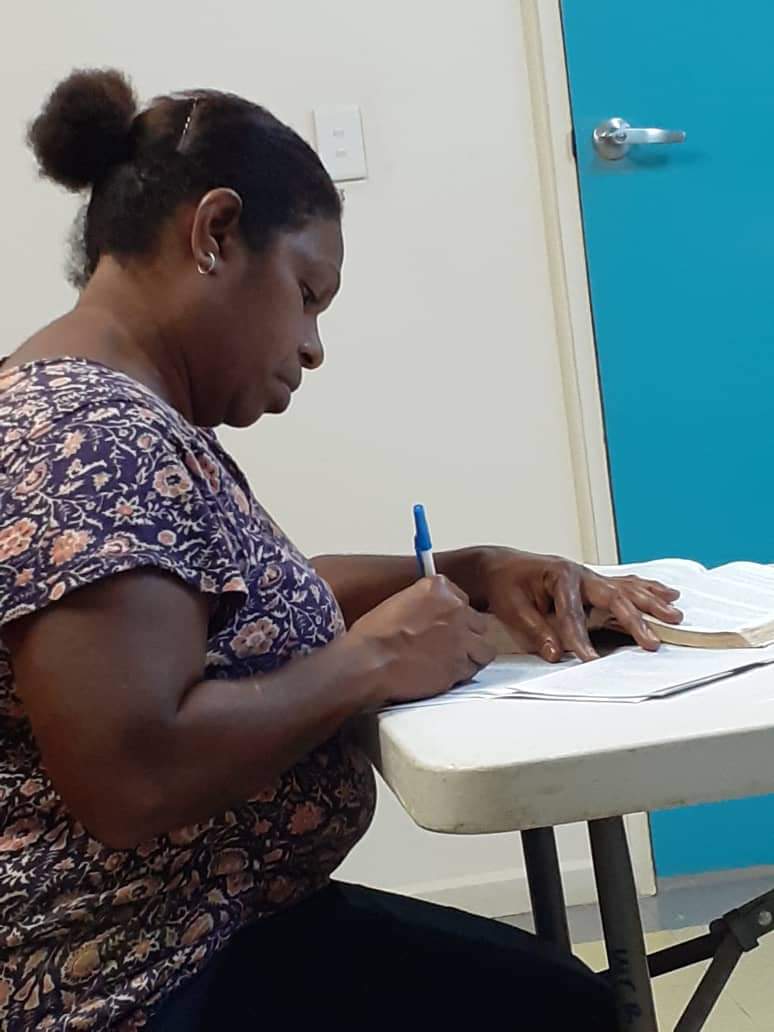The SAT college admission examination going fully digital.
SAT is astandardized test widely used for college admissions in the United States. Since its debut in 1926, its name and scoring have changed several times; originally called theScholastic Aptitude Test, it was later called the Scholastic Assessment Test, then theSAT I: Reasoning Test, then the SAT Reasoning Test, then simply the SAT.

The SAT is wholly owned, developed, and published by the College Board, a private, not-for-profit organization in the United States. It is administered on behalf of the College Board by the Educational Testing Service,[4]which until recently developed the SAT as well.[5] The test is intended to assess students’ readiness for college.
The SAT is going digital and getting much shorter. Say goodbye to No. 2 pencils on testing day.
Overhaul comes amid mounting challenges to the relevance of standardized testing in college admissions.
The SAT college admission exam will soon go fully digital, ditching paper test booklets and answer sheets, and get much shorter, shrinking from three hours to two.
Those changes and others announced by the College Board on Tuesday will take effect at international test sites next year and domestic sites by spring 2024.
There are no plans to offer the digital test to students at home. The third major overhaul of the SAT within the past 20 years comes amid mounting challenges, unprecedented in modern times, to the relevance of standardized testing in college admissions.
Prominent colleges and universities across the country have halted or ended testing requirements during the coronavirus pandemic, and some competitive schools, including the University of California, have gone a step further and declared they won’t consider scores from the SAT or rival ACT at all when choosing a class.
Backers say the tests help uncover and confirm academic potential.
Critics say they are biased toward the privileged and pose an unnecessary hurdle in the application process.
Disruptions to testing schedules and other aspects of education since the public health crisis emerged in early 2020 have allowed, in effect, a massive experiment to see who’s right.
Even Harvard University, one of the foremost champions of the SAT’s rise in the 20th century, has gone test-optional through at least 2026.
Harvard won’t require SAT or ACT through 2026 as test-optional push grows
Now the College Board, the nonprofit organization that owns the SAT, has a new response to these debates.
It says the test will be streamlined through the computer format, while keeping the iconic perfect score of 1600 and remaining a powerful force in the pathway to higher education.
“The digital SAT will be easier to take, easier to give, and more relevant,” Priscilla Rodriguez, vice president of college readiness assessments for the College Board, said in a statement. “We’re not simply putting the current SAT on a digital platform — we’re taking full advantage of what delivering an assessment digitally makes possible.”
The ACT is also pushing toward a digital future. Janet Godwin, chief executive of the nonprofit testing organization, said in December that the international ACT has been entirely digital for three years and that the format is gaining traction domestically among states and school districts. “We’ve done a lot of work in the online testing space,” she said.
Skeptics say no matter what the format, the tests are flawed.
“Shifting an unnecessary, biased, coachable, and poorly predictive multiple-choice exam that few schools currently require from pencil-and-paper delivery to an electronic format does not magically transform it into a more accurate, fairer or valid tool for assessing college readiness,” Bob Schaeffer, executive director of FairTest: National Center for Fair & Open Testing, said in a statement.
About 1.5 million students in the high school class of 2021 took the SAT and about 1.3 million took the ACT. Those totals were down sharply from previous years because of the pandemic. But officials say test-taking is rebounding.

Both tests measure skills in math, reading and writing through multiple-choice questions. Some nuanced differences: The ACT, unlike the SAT, has a science section.
The SAT, unlike the ACT, includes some math questions that require students to produce a response without the prompt of multiple choices.
As of now, the tests are roughly the same length — about three hours, not counting breaks. The SAT, launched in 1926, is the older of the two.
The College Board added an essay-writing prompt to the test in a major makeover in 2005, then overhauled the SAT again in 2016, making the essay optional.
(The option extended the testing experience to nearly four hours.)
Last year the College Board dropped the essay altogether. It also discontinued a separate series of one-hour SAT subject tests focused on discrete topics such as math, literature, history, biology, chemistry and physics.
Slimming the main SAT down to two hours will be another major shift.
The College Board said the test has been at least three hours long for the past half century. To shorten it, the testing organization is relying for the first time on a computer-enabled process known as “adaptive testing.”
The test will be divided into two sections, one on math and one on reading and writing, each worth up to 800 points.
Each section will begin with an introductory set of questions. The difficulty of subsequent questions will vary depending on whether the students perform well or poorly on the first set. The idea, the College Board said, is to deliver questions “appropriate to a student’s performance level,” to get a clear picture as fast as possible how well students have mastered key skills.
Computer-based testing will enable the College Board to beef up security, officials said, because there will be less risk of stolen test booklets and much more variation in questions posed to individual students.
Testing will continue to be proctored at secure sites. The digital SAT is not envisioned as an at-home test.
More substantive switches: Students will be allowed to use calculators throughout the math section (previously calculators were prohibited for some questions), and reading passages will be shorter and more varied. Scores will be returned within days of taking the test, instead of weeks.
Jeremiah Quinlan, dean of undergraduate admissions and financial aid at Yale University, said he was “most excited” about the potential for increased security on the exam. “This was a huge issue,” Quinlan said, especially for overseas testing centers.
The cancellation of tests in years past due to security concerns had caused a “tremendous amount of stress” for international applicants, Quinlan said. He also praised efforts to make the exam more accessible and approachable. Yale suspended its test-score requirement for applicants for next fall’s entering class but is still weighing its policy for future classes.
Kent Hopkins, vice president for academic enterprise enrollment at Arizona State University, said moving the SAT to a digital platform makes sense. “It’s about time,” he said. “The test will be easier for students to take. It will be easier for test-site coordinators.
I’m looking forward to seeing better access to taking the test.” Arizona State is test-optional, but Hopkins said that in recent years about 83 percent of admitted students have submitted scores.
For students, one of the biggest changes will be that they won’t need to bring sharpened No. 2 pencils or erasers to the test. They won’t have to worry anymore about losing points because of stray pencil marks or improperly filled bubbles on their answer sheet.
The College Board said students will be able to use their own laptops or school-provided machines at testing centers.
The College Board said the testing program will enable students to keep working during an exam even if technical glitches arise. To prevent disparities in access, the organization also pledged to loan testing devices to those who need them.
Kirsten Amenatsro, 16, a junior at Potomac Senior High School in Dumfries, Va., was among a select group who tried out the digital SAT in November. She also took the paper-and-pencil version in December.
“Honestly, I was more stressed out taking the paper SAT,” Amenatsro said. Filling in the answer sheet was a headache, she said.
She said the digital version was “way more streamlined” and the reading passages seemed more focused. When she took the test on her laptop, Amenatsro said, “there was no point where I had to stop and say, ‘Oh, I need to bubble in my answers and make sure I’m bubbling them in well.’ You’re just there to take the test and nothing more.”
Hi